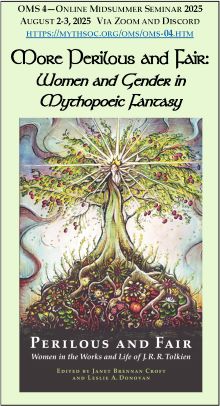Abstract
The general traditions of Russian literature has been based on the requirement that any literary translation should be good literature in itself as well as preserving the author’s manner of writing. It seems that understanding of J.R.R. Tolkien and his books is growing very slowly in Russia. There have never been any professional literary works on Tolkien or the problems of translating his works. A number of approaches to translating are connected with this fact. A short history of this subject shows that both the author’s attitude and fairy-story reality should be reproduced correctly and with care. I am going to compare Russian published versions of The Lord of the Rings (by V. Murav’ev & A. Kistyakovskii, by V. Matorina, by N. Grigorieva & V. Grushetskiy, and by Z. Bobir). The following are discussed: • The author’s and translator’s attitudes to the story they tell (horror and humour, fairies and dragons) • Reliability of Middle-earth elements - how this is achieved by different approaches (hobbits’ names and manner of speech, Elvish languages and so on) • Folklore and the nature of the hero: ways to find analogies • The laws of Faerie must not be changed! A fully adequate version should find solutions for all these problems; but really the more is done the better the translation.
Creative Commons License

This work is licensed under a Creative Commons Attribution-NonCommercial-No Derivative Works 4.0 International License.


